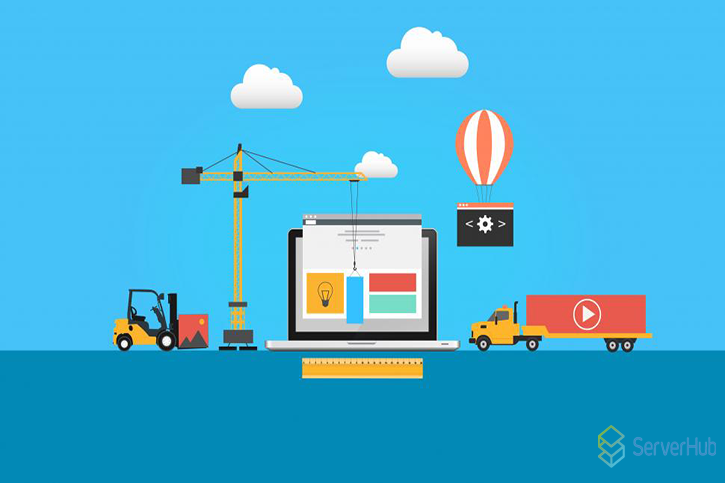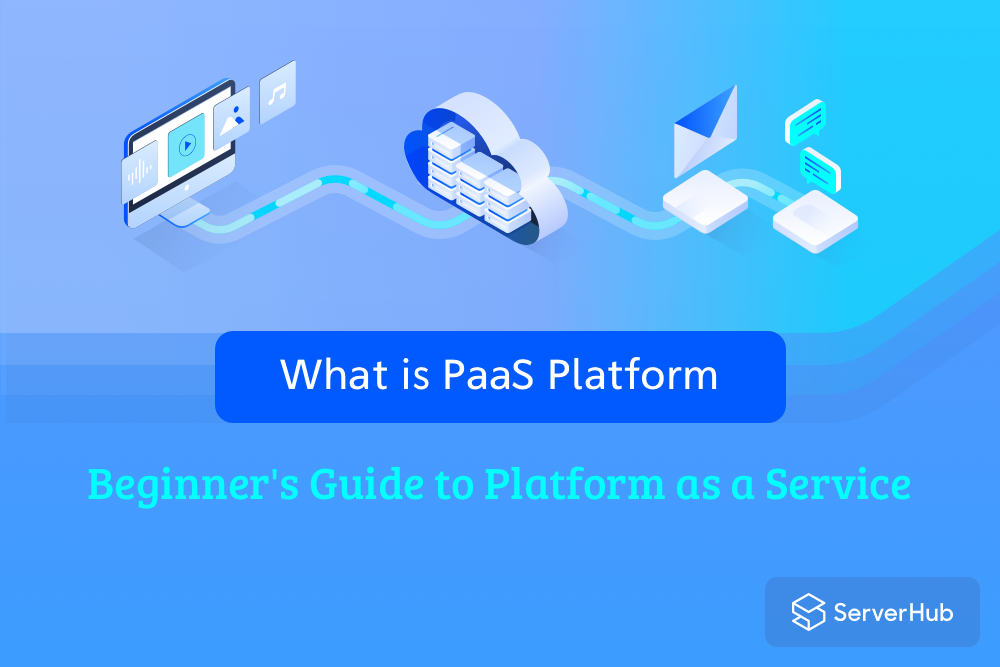We’ve all at least once came across platform as a service (PaaS) in our lives, where developers mainly rely on cloud providers’ development tools to build you the applications you use (like your windows).
But, have you ever wondered what happens behind the scenes?
PaaS explained
PaaS is one of the main three cloud computing models, as it makes web application development simpler than ever on all sides, starting with the developers themselves up to the whole backend management.
Platform as a service allows you to manage applications without needing to build the infrastructure from scratch, or any other software development process for that matter.
Being a deployment environment in the cloud, PaaS enjoys all the resources that you need to deliver simple or even sophisticated cloud-based apps. These resources are what you end up purchasing from a cloud service provider to build your own applications.
Ultimately, PaaS is there to carry on the complete lifecycle of applications, which includes building, testing, deploying, managing, and updating.
All while granting you the ability to avoid unnecessary complexity/expenses of software licenses, making your cloud provider responsible for everything else.
(The other two main cloud computing models are the IaaS and the SaaS)
PaaS types
Various types of PaaS include:
- Public PaaS
- Private PaaS
- Hybrid PaaS
Here's a deeper look at each type, including its most suitable deployment environment:
Public PaaS
Public PaaS is the best fit for the public cloud, allowing you to control software deployment while the cloud provider manages the other IT components delivery that’s necessary to host the databases and applications.
Most suitable for small and medium-sized companies, public PaaS vendors offer middleware that enables you to configure and control servers. Therefore, PaaS runs together with the Infrastructure as a service (IaaS) and the public cloud.
Private PaaS
Working within the company’s private cloud, the private PaaS delivers security, low costs, and the agility of the public PaaS.
Additionally, Private PaaS helps with maintaining the internal resources usage, and helps developers with deploying their private company applications with minimum-cost.
Hybrid PaaS
With a combination of the public PaaS and the private PaaS, companies get the public PaaS infinite capacity and the security/cost-effectiveness of the private PaaS. Which, by default, is applicable with the hybrid cloud.

PaaS use cases
Mainly valid to ease application development and deployment, there are in fact other use cases on why enterprises use PaaS, such as the following:
Means of communications
PaaS serves as a delivery mechanism for communications platforms, which allows developers to add communications features to applications, such as voice or video communication.
Accurate business analytics
PaaS tools provide enterprises with accurate data analysis that helps businesses to grasp better behavior insights on how to make better decisions regarding future demands.
Smooth API development
Managing, running, and securing application programming interfaces never got easier. Whether it’s the creation of new APIs or new interfaces for existing APIs, PaaS provides you with the right tools to do it effortlessly.
PaaS Advantages
It’s true that PaaS offers the same advantages as IaaS, but it comes with additional features and other business tools. Some well-known PaaS advantages include:
Efficient application lifecycle
With all the application lifecycle capabilities available, PaaS gives it all without the need for additional required skills, cutting the time it takes to code, and nurtures an inspiring environment.
The apps available for the web application lifecycle include the building, testing, deploying, managing, and updating phases.
Easily develop multiple platforms
With more development options provided for you by the service providers, you get to experience easy yet exceptional ways to develop different platforms, including mobile devices and computers.
Affordable advanced tools
You get to use advanced software, business, and analytics tools that you couldn’t straightforward purchase, opening infinite possibilities for your organizations with a pay-as-you-go model.

PaaS vendors
It’s hard to consider the nuances with so many PaaS providers, such as the service availability or the languages supported. That’s why it’s very recommended to test first and see if the provider services meet your needs.
Examples of PaaS vendors & products include but not limited to:
- AWS Elastic Beanstalk
Allows you to create and deploy web services with languages like Java and PHP on common servers like Passenger and Apache.
- Google App Engine
Supports distributed web applications using PHP, Java, and Python.
PaaS next
No matter which PaaS provider you choose, make sure to keep your company’s data secured as your first priority
With different types to support all your web development and application needs depending on your cloud deployment and business size.
PaaS can offer you accurate analytics, smooth development, and effortless API management, among other exclusive advantages that are not found anywhere else.
